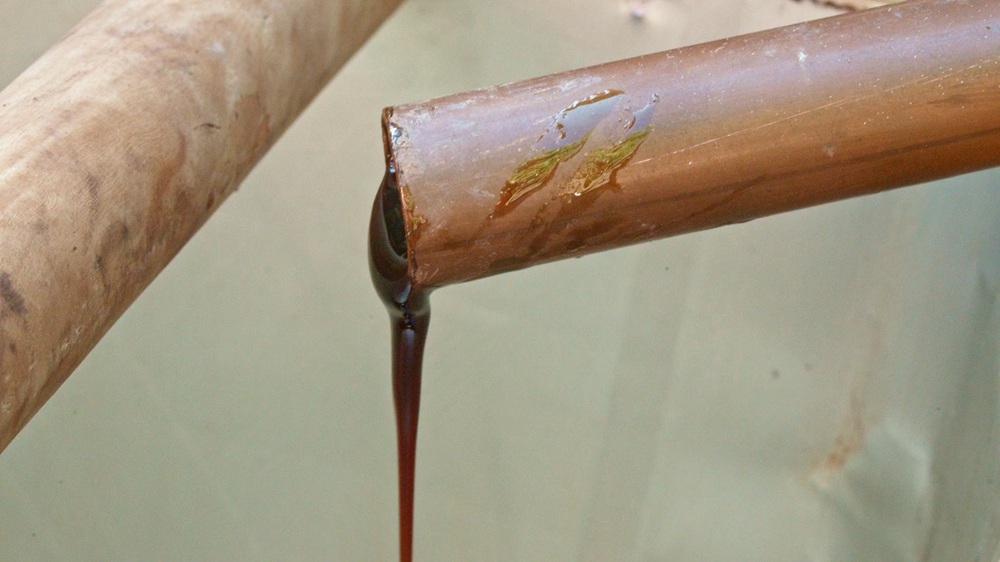
The Ministry of Culture announces the registration of four new items in the National Inventory of Intangible Cultural Heritage of Greece, implementing, since 2006, the Convention for the Safeguarding of Intangible Cultural Heritage. The Bulletins for the four intangible cultural heritage elements have been systematically processed by the Directorate of Modern Cultural Heritage and approved by the Council of Intangible Cultural Heritage with the cooperation of the communities of stakeholders, aiming at the preservation of traditions and their transmission to younger generations.
In the framework of the implementation of the UNESCO Convention, our country has created and systematically enriches the National Inventory of Intangible Cultural Heritage, in which communities of intangible cultural heritage stakeholders have the opportunity to highlight the elements that they consider important for their identity. To date, 150 items have been registered in the National Inventory of Intangible Cultural Heritage(https://ayla.culture.gr/)
The Minister of Culture Lina Mendoni said: “The registration of the four new items in the National Inventory of Intangible Cultural Heritage is another important addition to the cultural footprint of our country. The items recorded are pieces of our tradition. At the same time, they highlight our national identity, as it stems from the creativity and collective memory of our communities. Intangible cultural heritage is the soul of our culture, which is why its preservation and promotion is a priority for the Ministry of Culture. The recording of the four new elements is the result of a collective effort of scientific institutions, local communities and cultural associations, working with passion, love and knowledge. It is the evolution of an ongoing process for the protection, promotion and transmission of our living heritage to future generations”.
The four items included in the National Inventory of Intangible Cultural Heritage of Greece are the following:
The festival of St. Sula
It is the most important manifestation of the collective identity and memory as well as the community spirit of the community of Soroni Rhodes. It is a fortnight of festive, religious, cultural and amateur sports activities involving all ages and linked to the feast of St. Silas (30 July) in the Soroni Rhodes Community. The events, which attract the interest of the inhabitants of many villages of Rhodes and the city of Rhodes, as well as tourists, take place in the stadium, the traffic education park and other areas located in the wooded area surrounding the Agios Soulas park, the wider area of which is identified as the grove of Agios Soulas (local pronunciation of the name of Agios Sila).
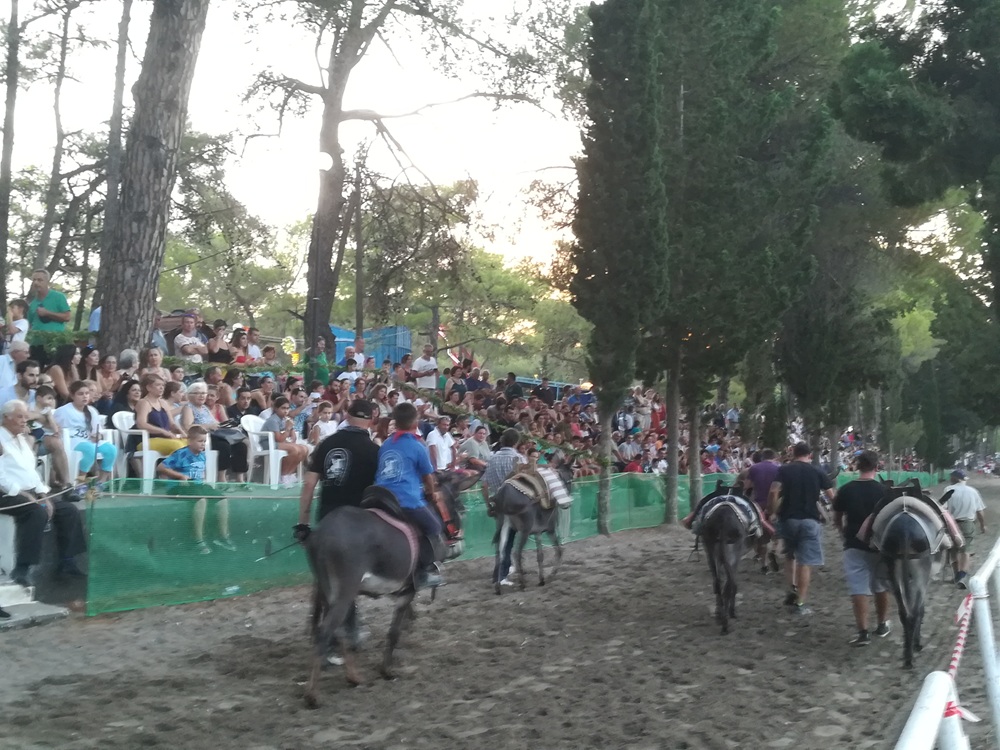
Bibila, lace with the needle in Nea Makri, Attica
It is art interwoven with the collective memory and identity of the descendants of the Asia Minor refugees who settled in Nea Makri, Attica. Bibbila is a technique of creating lace that is knitted on the edge of the twist to decorate white clothes, underwear, home fabrics, etc. It is made with a sewing needle and cotton or more rarely silk thread. The basic stitch is the knot combined with a loop or loops in the air. There is a rich variety of variations of the basic stitch. With the bobbin stitch alone or in combination with fabrics (linen, cotton, silk), decorative handicrafts or utilitarian household fabrics are made in various shapes (mainly round). The technique was brought by refugees from Central Asia to N.Makri in Attica, but it is also widespread in other regions of Greece, such as the Dodecanese and northern Greece.
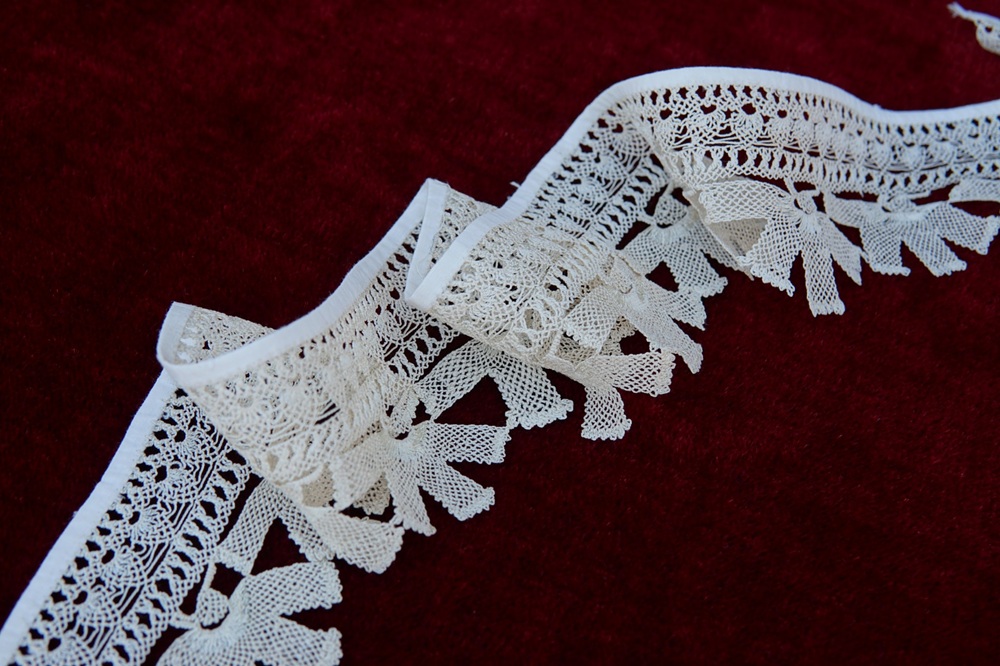
Traditional pine tar oil production technology
It is an important manifestation of practices related to the good management of the forest and specifically of its non-wood products, but also a source of inspiration for the creation of products that can be used to meet modern needs (pharmaceutical products, cosmetic preparations, etc.). Pine tar oil is the liquid distillate produced by the burning under oxygen-deficient conditions of old resinous trees, usually pine trees, the pieces of which are built up in a suitable arrangement. It has been known since ancient times in many parts of Europe and the Middle East, with applications in animal husbandry, folk medicine, woodworking and the protection of wooden structures. In the Pindos region, particularly in the Distrato area of Konitsa, the manufacture of pine tar oil was a basic professional practice of the local population, directly linked to forest management, during the 19th century and until the 1970s. Today the practice is still practised by a small number of producers. In Distrato, Konitsa, in the Region of Epirus, the last few people who know how to make traditional pine tar oil are found. The practice can be found historically in other regions of Greece, such as Pieria, Attica (Gerania Mountains), southeastern Crete, Thassos, with variations in the technology of the construction of the fireplace, the forest raw material and the process. In Scandinavian countries the practice has been revived in recent decades for the needs of the preservation and protection of a special category of monuments, the medieval wooden stave churches. Literary references to the practice can be found in various Middle Eastern countries.
The art of traditional lateen sailing
The lateen is a triangular sail that has been used, with variations, on fishing, sponge-fishing and transport vessels in the Mediterranean and other regions. Before the mid-19th century, its use was also widespread on cruisers, pirates and warships. Today it is used for recreation in boats and caiques, as well as in naval scouting throughout the Aegean and Ionian Seas.
Sailing with lateen sails, which is the continuation of a long nautical tradition that developed in the nautical harbours and ports all over Greece, is linked to the art of traditional woodworking, sail sewing and sail rigging. Both the construction and use of the lateen sail and the art of woodworking are manifestations of traditional knowledge and techniques of the Aegean communities.
The lateens, which today are used both by individuals for recreation and as educational tools, mainly by Sea Scouts, are suitable for the demonstration of traditional sailing and sailing techniques. Learning to use them by adults, teenagers and children helps to strengthen links with their local area and its natural and cultural heritage.
It is noted that our country participates in the international nomination of the element “The art of sailing with a lateen and straw: knowledge and practices” with the participation of Greece, Switzerland, Spain, Italy and Croatia, for inscription on the Representative List of the Intangible Cultural Heritage of Humanity. The nomination is to be considered by the competent body of the Convention for the Safeguarding of the Intangible Cultural Heritage (UNESCO, 2003) in 2026.

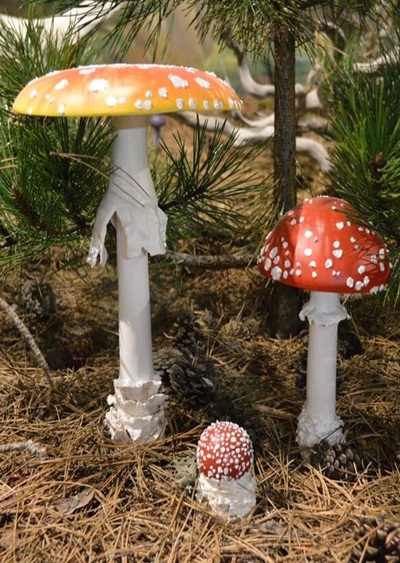
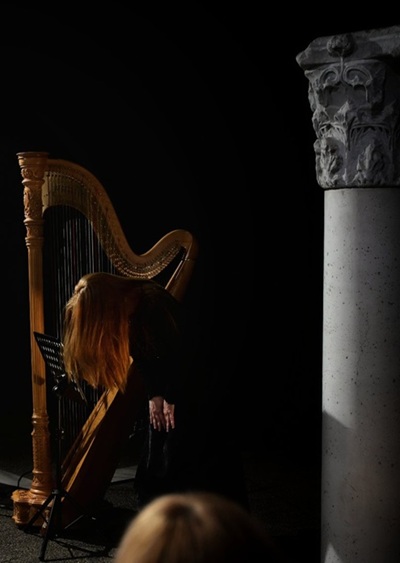
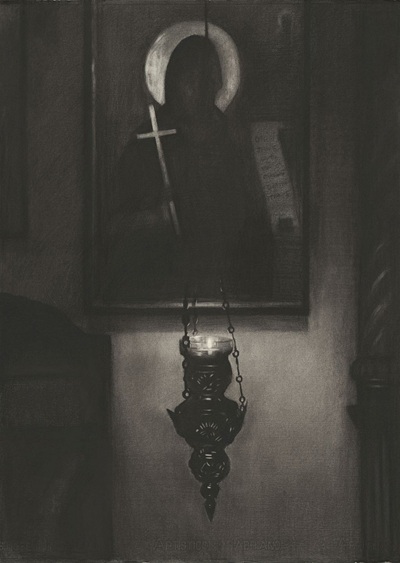
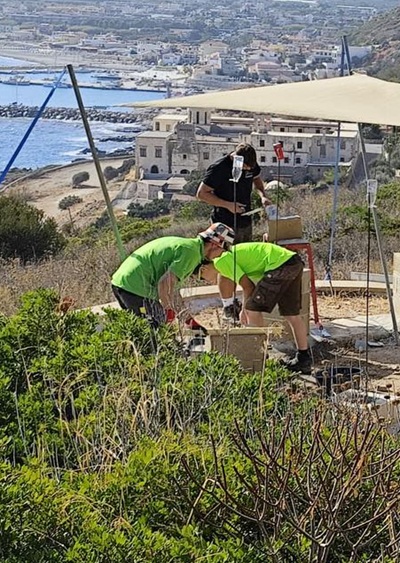


Leave A Comment